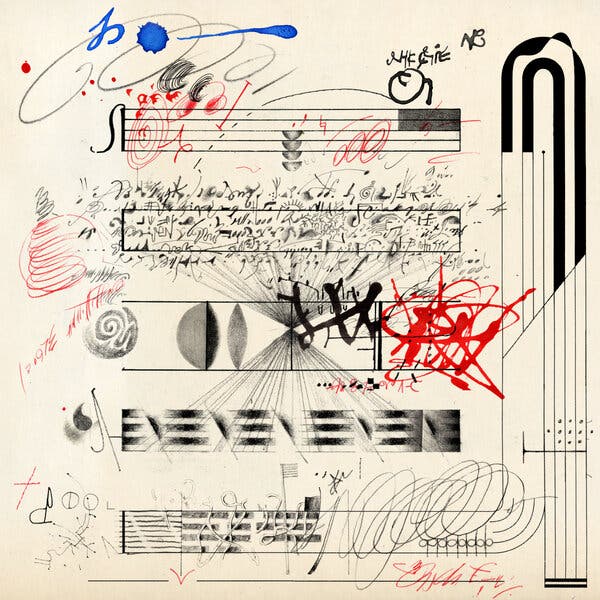During a recent rehearsal with my string quartet, we paused shortly into the slow movement of Beethoven’s Op. 59, No. 1 to discuss a particular marking. One measure near the end of the somber theme was marked decrescendo, a clear instruction to gradually reduce volume. Two measures later, a crescendo indicated to increase volume again. Between these dynamics, however, appeared a single Italian word beneath the staff: morendo, meaning “dying.”
Beethoven had already directed us to soften the sound, so why insert a word instead of simply extending the decrescendo symbol? The term seemed intended to convey more than a mere reduction in loudness — evoking a sense of the phrase fading away, as if life itself were draining from the music. But did this imply a slowing tempo or just a thinning, more fragile sound?
Morendo exemplifies what musicologists refer to as paratext: verbal cues embedded alongside musical notation. Musicians frequently grapple with interpreting these often ambiguous, poetic, or even surreal instructions as they strive to realize a composer’s vision. The most renowned examples come from Erik Satie, whose performance notes blur the lines between mysticism and absurdity, including phrases like “Light as an egg” and “Like a nightingale with a toothache.” Similarly, Percy Grainger requested one passage be played “with pioneering keeping on-ness.”
Other composers take a more lyrical approach. Icelandic composer Anna Thorvaldsdottir, for instance, invites performers to imagine a long sustained note as “a fragile flower you carry in your hands while walking a thin rope without dropping it or falling.” Such imagery encourages a deeply personal engagement with the music’s emotional landscape.
Jan Grüning, violist of the Ariel Quartet, shared in an interview that these linguistic hints often aim less at dictating precise musical actions and more at shaping the performer’s mindset. He noted that metaphors like morendo might inspire “a heaviness, a slowing of the bow speed” to evoke the sensation of “running out of oxygen.”
Ultimately, Grüning observed, “the words don’t necessarily instruct what to do; they guide you on how to be.”


0 Comments
No comments yet. Be the first to comment!